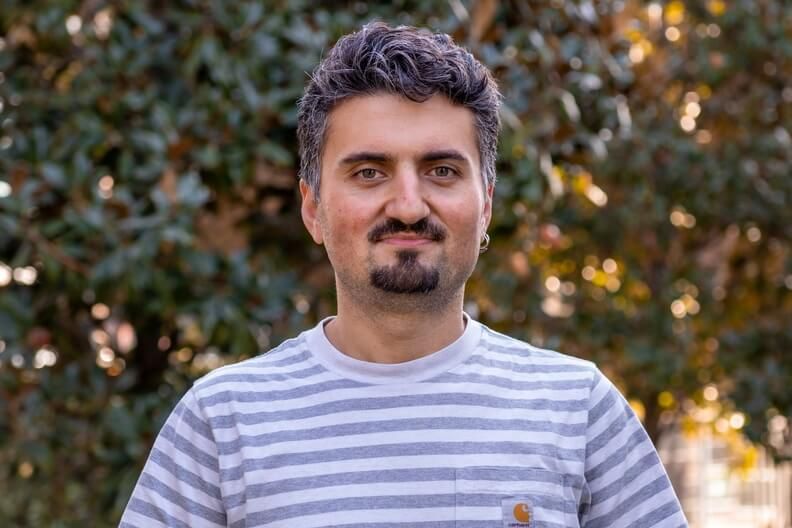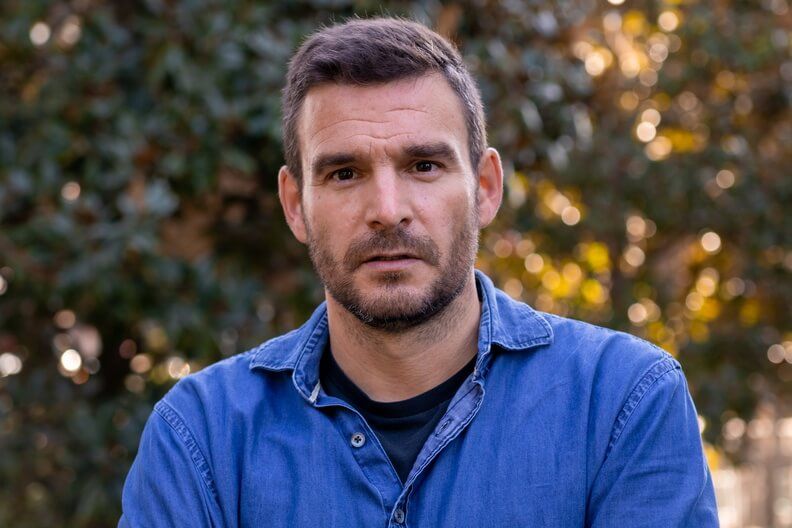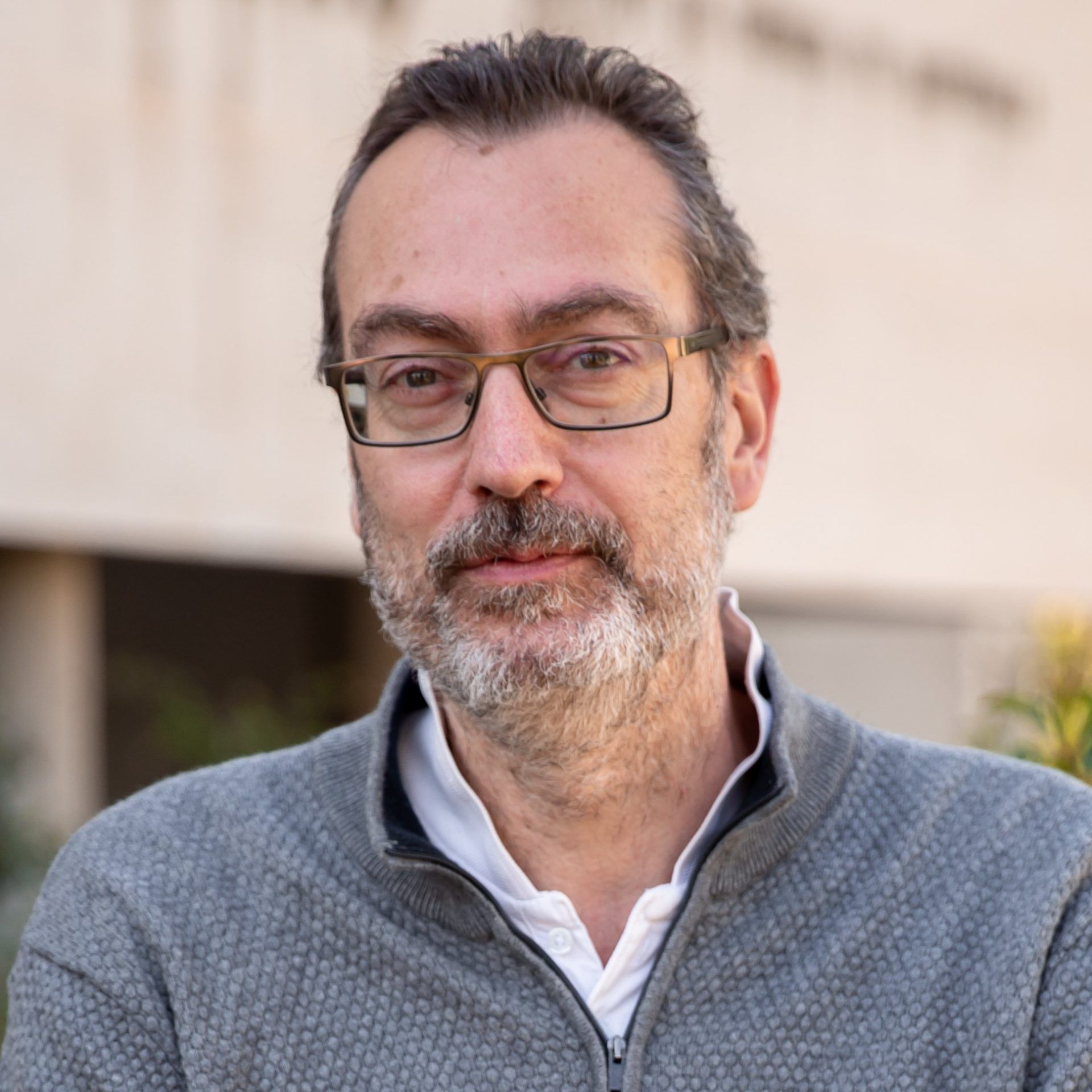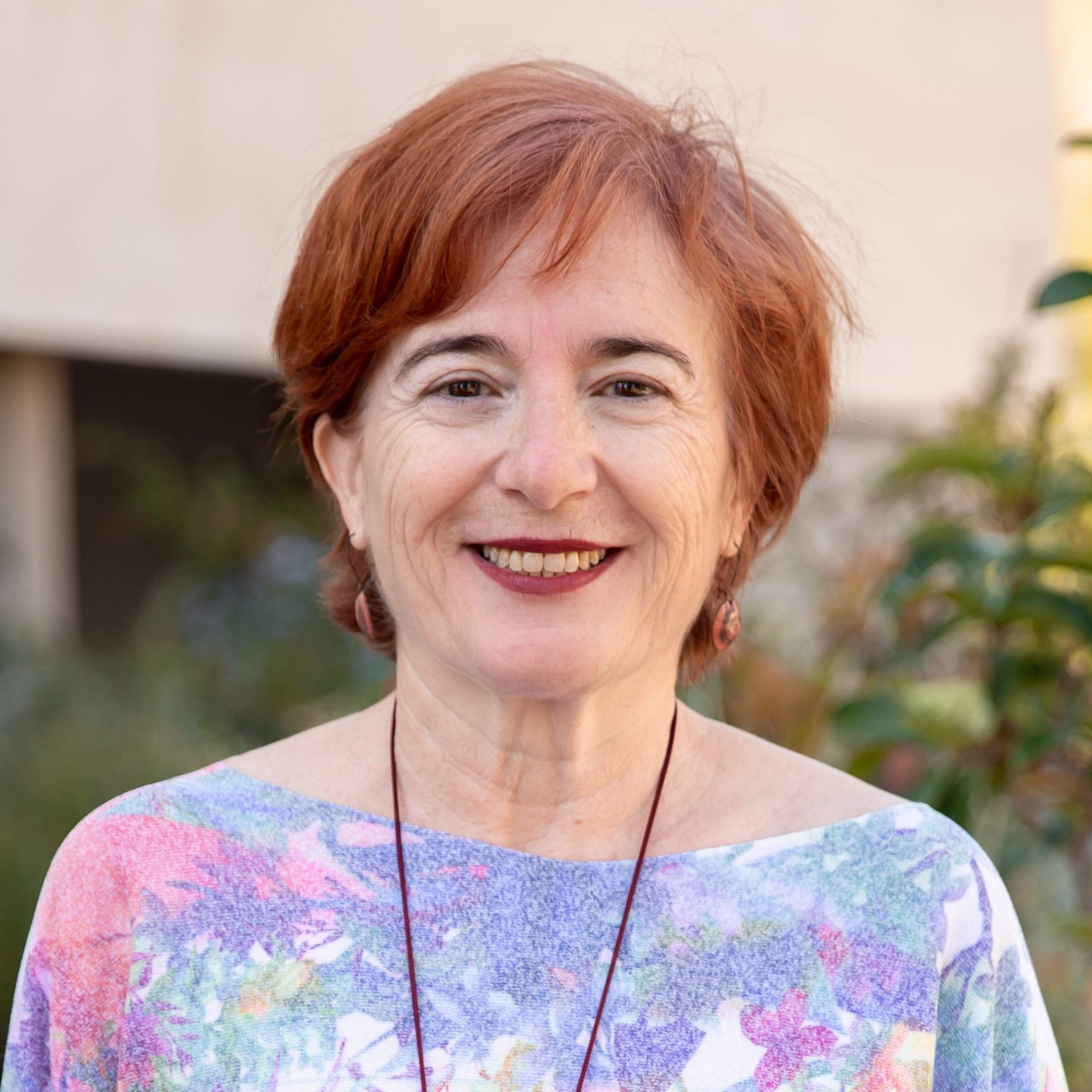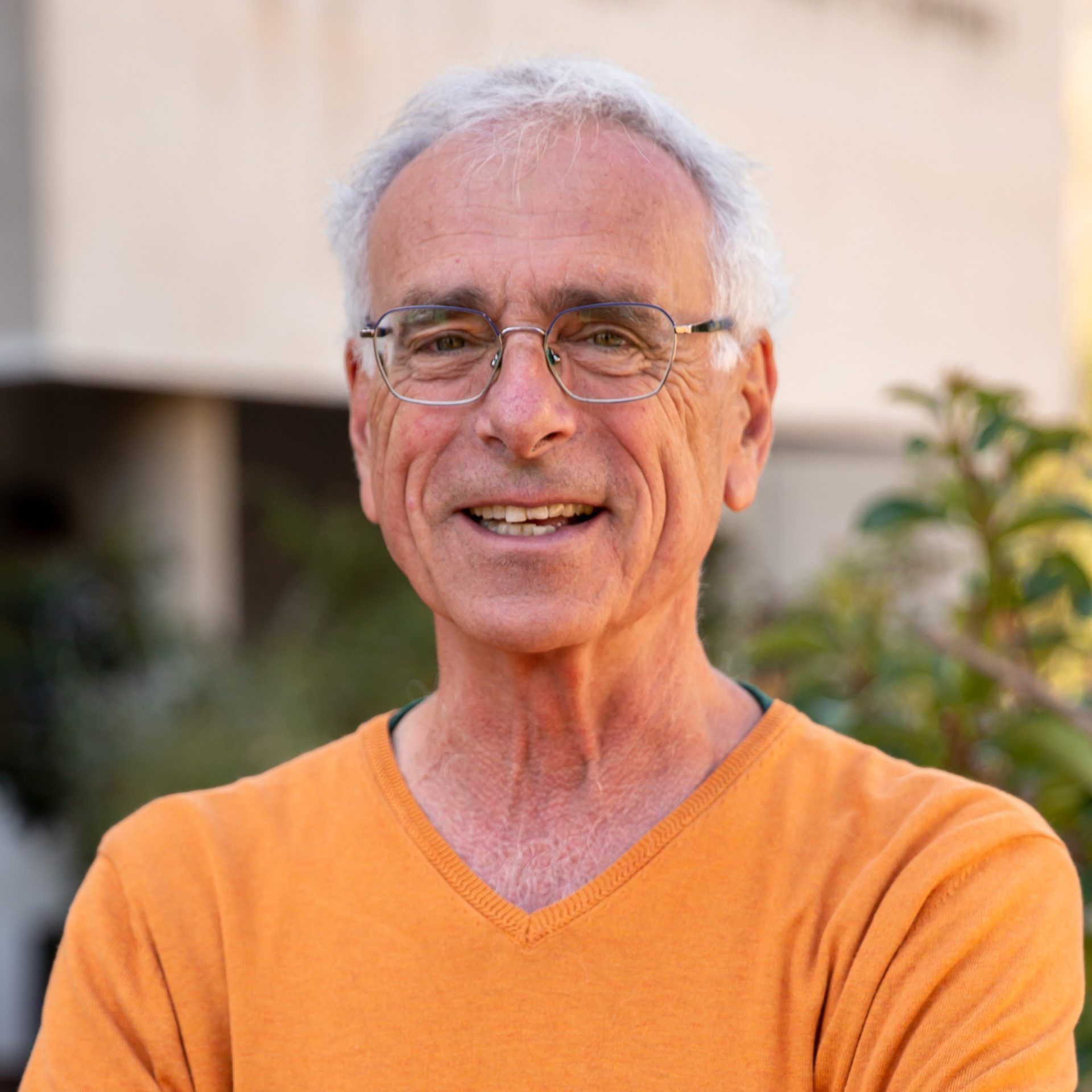Research Leader in Functional Oxide Interfaces and Photonics
The celebrated phrase “the interface is the device” is my favorite motto to describe my research activity, which aims at uncovering new physical phenomena at the boundary of materials, for new concepts and applications.
Until 2008, my focus was on the research on functional oxides, exploiting their magnetic and transport properties. Yet, well before my appointment at ICMAB, my previous scientific experience Ied me to the convincement that exploiting also the optical properties of functional interfaces was an endless source of inspiration for new physics. In 2008, my new permanent position as a tenured researcher at ICMAB-CSIC gave me the opportunity to bring these new ideas and concepts into life.
This background has brought to my major achievements in the fields of oxide functional interfaces and photonics. My most notorious highlights in the last four years include: (i) The possibility of manipulating the electronic structure of oxide quantum wells to realize tailored properties for applications, mainly in electronics (Physical Review Letters 109, 226601 (2012), Scientific Reports 2, 758 (2012), Physical Review Letters 113, 156802 (2014), Nature Communications 6, 6028 (2015), ii) the tuning of electronic orbital polarization at oxide surfaces (Nature Communications 3, 1189 (2012)); the tailoring of the magneto-optic activity exploiting photonic-band effects (ACS Nano, 5, 2957(2011), Nanoscale 3, 4811 (2011)) and (iv) exploiting plasmons for enhanced magnetooptics (Langmuir, 28, 9010 (2012), Physical Review Applied 2, 054003 (2014).
I have supervised three Master Theses and three PhD Theses (two more are in progress). My results have been published in 71 articles (during the last six years I have published 12 articles in journals with index of impact higher than 5) and my h-index is h = 20. I have been awarded with 12 invited lectures in international conferences during the last 6 years (among them, APS March Meeting (twice), MRS Spring, SPIE, CIMTEC and Intermag conferences). I have co-authored a book chapter in the field of photonics (2013). My scientific record is available at http://www.researcherid.com/rid/G-2770-2014.
One of my endeavors has been to be in contact with the scientific community and boost the communication and knowledge exchange. With this in spirit, I have been organizer in two MRS Spring symposia (one as lead coordinator) and I am also leading the organization of one symposium in EMRS 2015 in functional oxides. At the same time, I have been invited as lecturer in different Schools worldwide to lecture on oxide physics and photonics.
